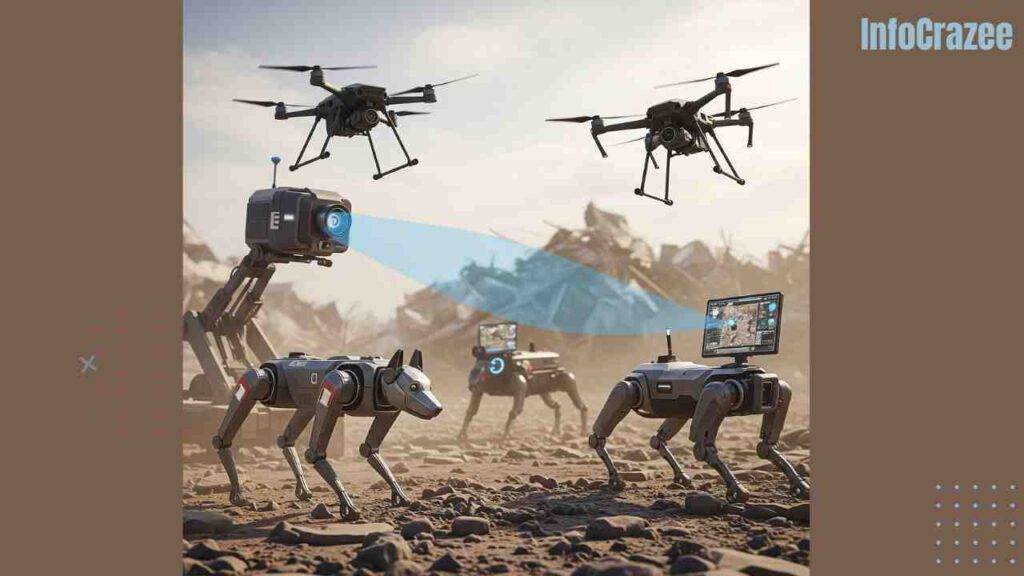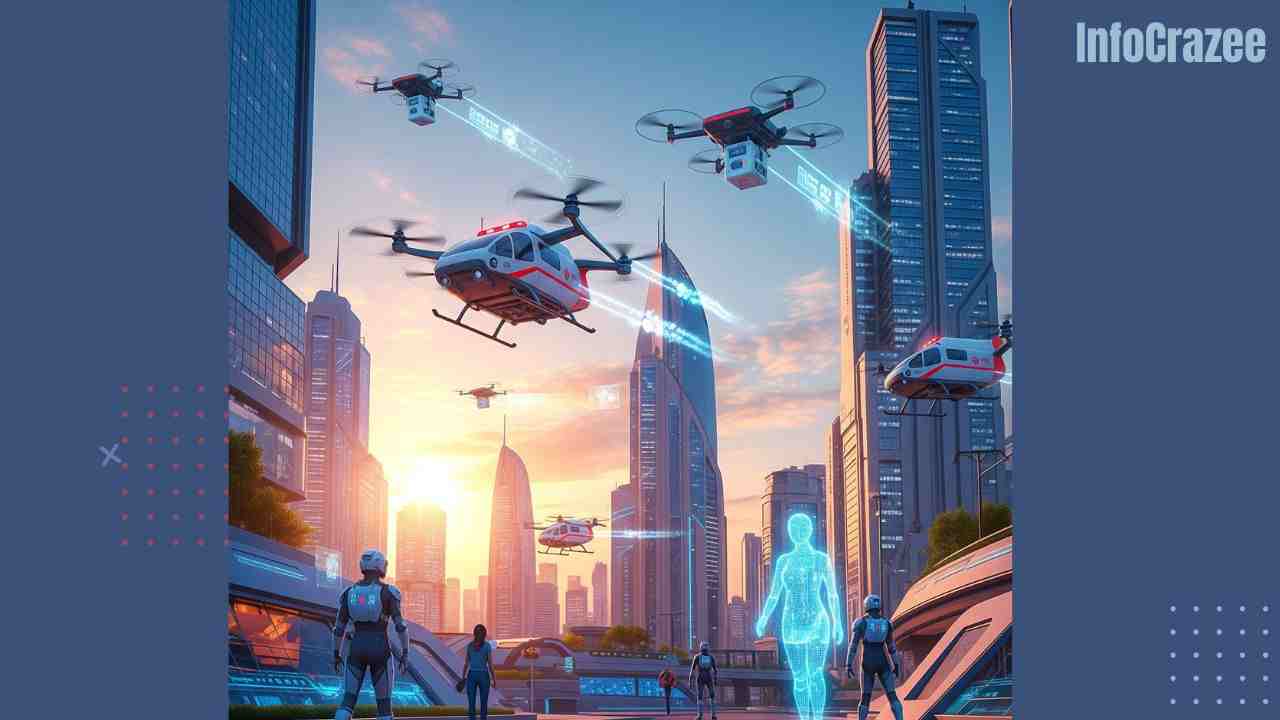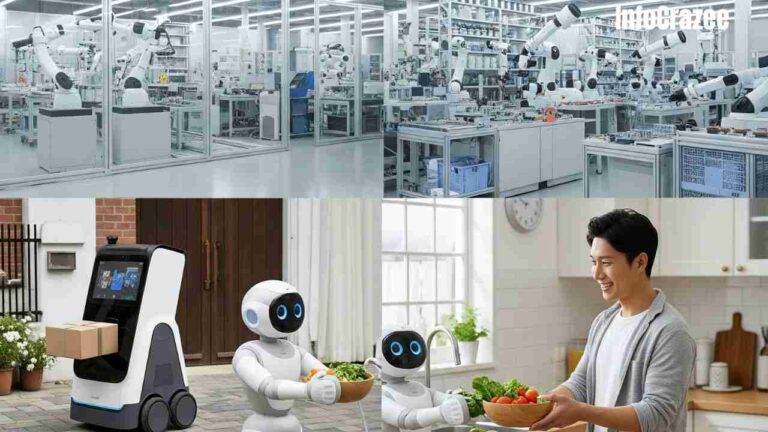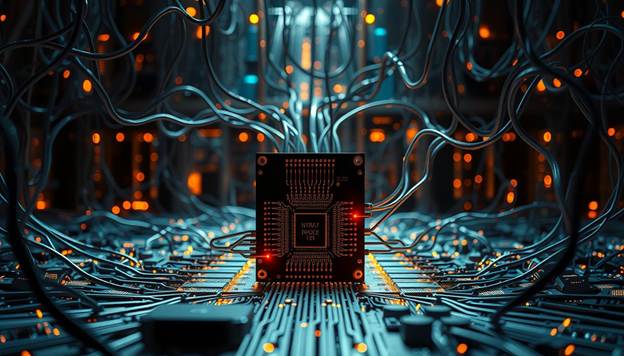Life-Saving Future Tech: Innovations That Could Change Everything
We all love cool gadgets and smart devices, but some technologies go far beyond making life easier—they actually save lives. From early disease detection to disaster response tools, the future is bringing us some truly powerful innovations that could mean the difference between life and death.
Let’s explore some of the most exciting life-saving tech that’s on the horizon—and how it might help all of us live longer, safer, and healthier lives.
Why Future Tech Matters More Than Ever
Let’s face it: the world today is full of challenges. We’re dealing with rising health concerns, climate change, accidents, and natural disasters. The good news? Technology is stepping up in a big way to tackle these problems head-on.
And what’s even better is that many of these new inventions aren’t just futuristic ideas—they’re already being tested or rolled out in real-life situations.
1. AI That Detects Diseases Early
Imagine knowing you have cancer or a heart condition before it becomes a serious threat. That’s exactly what artificial intelligence (AI) is helping doctors do.

How it works:
- AI tools analyze scans, X-rays, and medical data.
- They spot tiny changes that the human eye might miss.
- This means earlier diagnosis—and a better chance of survival.
Real-world example:
Google’s AI system has been shown to detect breast cancer more accurately than doctors in some tests. That could mean faster treatment and saved lives.
2. Wearables That Could Call for Help
Smartwatches have come a long way. They’re not just for tracking steps or checking messages anymore—they’re becoming tiny health monitors.
Life-saving features include:
- Heart rate alerts (for signs of stroke or heart attack)
- Fall detection (especially for seniors)
- Emergency calling when something’s wrong
Story time:
A man in the U.S. was saved after his Apple Watch detected an irregular heart rhythm and called emergency services. That tech literally gave him a second chance at life.
3. Drones That Deliver Medical Supplies
In areas hit by floods, earthquakes, or war, getting medicine or blood to people in need can be tough. But now, drones are stepping in.
What they can do:
- Fly over traffic or damaged roads
- Deliver vaccines, blood, or medicine within minutes
- Reach remote villages or disaster zones quickly
Cool fact:
In Rwanda, drones deliver blood to hospitals in under 30 minutes—something that used to take hours by road.
4. Robots That Rescue
Search and rescue missions can be dangerous for humans. Enter robots—tough, smart, and tireless machines that can go where we can’t.

Uses in real emergencies:
- Crawl through rubble after earthquakes
- Locate survivors using heat sensors
- Send real-time video to emergency teams
Real example:
After the 2023 earthquake in Turkey, robot dogs helped locate trapped survivors that rescue dogs couldn’t reach. That’s future tech in action.
5. Smart Homes That Protect You
Homes of the future won’t just be smart—they’ll be safe, too.
Features we’re starting to see:
- Sensors that detect smoke, gas leaks, or flooding early
- Smart ovens that turn off automatically if you forget
- Voice assistants that call for help if you say a key phrase
These little things can make a big difference—especially for older adults or people living alone.
6. Future Vaccines Made Faster
In the past, making a vaccine took years. But after COVID-19, scientists are building faster systems for creating new vaccines—sometimes in weeks.

How tech helps:
- AI predicts how viruses mutate
- 3D printing creates vaccine parts quickly
- mRNA tech speeds up development
This means if another global disease pops up, we’ll be more prepared—and that could save millions of lives.
7. Clean Tech That Fights Climate Disasters
From deadly heatwaves to floods, climate change is causing serious risks. But future tech isn’t just about reacting—it’s about preventing these disasters.

Life-saving green tech includes:
- Early warning systems for floods or wildfires
- Smart irrigation to stop drought-related crop failures
- Carbon-capturing machines that clean the air
Bonus benefit: Cleaner air and water also mean healthier communities, especially in cities.
How You Can Stay Informed and Ready
You don’t need to be a scientist to benefit from all this future tech. Here’s what you can do:
- Pay attention to your health tech – Use a smartwatch or health app to track changes.
- Be open to updates – From smart home features to new medical options, try what works for your lifestyle.
- Support tech with purpose – Share or donate to innovations that help underserved communities.
And most of all—stay curious. The more you learn, the better prepared you are for whatever comes next.
Final Thoughts
Technology is often seen as something cool or convenient. But in many cases, it’s life-changing—and even life-saving. From AI-driven medical tools to robot rescuers and drones that deliver hope, these innovations are building a safer world, one breakthrough at a time.
At Infocrazee, we believe the future should be for everyone—and that means keeping an eye on tech that doesn’t just impress us, but protects us.
FAQs
Q1: Are these life-saving technologies already available, or are they just being tested?
Many of them are already being used in real situations—like AI for medical scans or drones for deliveries. Some are still in development but moving quickly toward real-world use.
Q2: Can I access any of this tech at home right now?
Yes! Smartwatches, smart home devices, and basic health-monitoring apps are already available and affordable. You don’t need to wait for the future—it’s starting now.
Q3: What if I can’t afford high-tech gadgets—are there low-cost options?
Definitely. Many health apps are free, and some smart devices (like basic wearables or smart smoke detectors) are now more affordable than ever. Plus, community centers and clinics sometimes offer access to new tech tools for free or at a discount.






